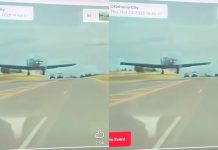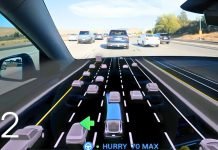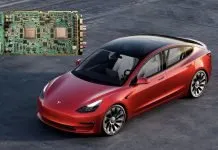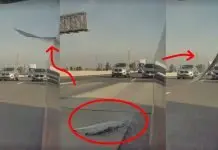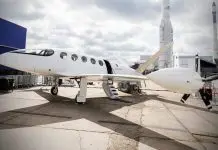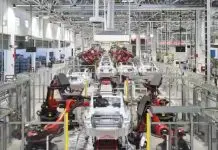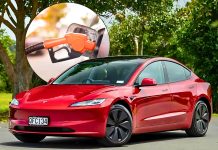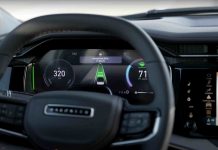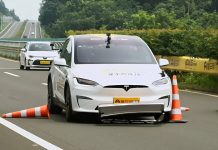A recent viral video shows a Tesla with FSD (Full Self-Driving) capability avoiding a small aircraft that suddenly appeared on the road, a scenario that no human driver or autonomous system could have ever imagined. This should be the most astonishing real-world edge cases ever recorded.
The clip, which has gone viral on social networking sites like X (formerly Twitter), captures the Tesla responding literally the moment a light aircraft flies in its path following what appears to be a forced or emergency landing. The sensors on the car notice the obstacle in a few seconds, and the FSD system takes evasive action that leaves the driver and the car intact.
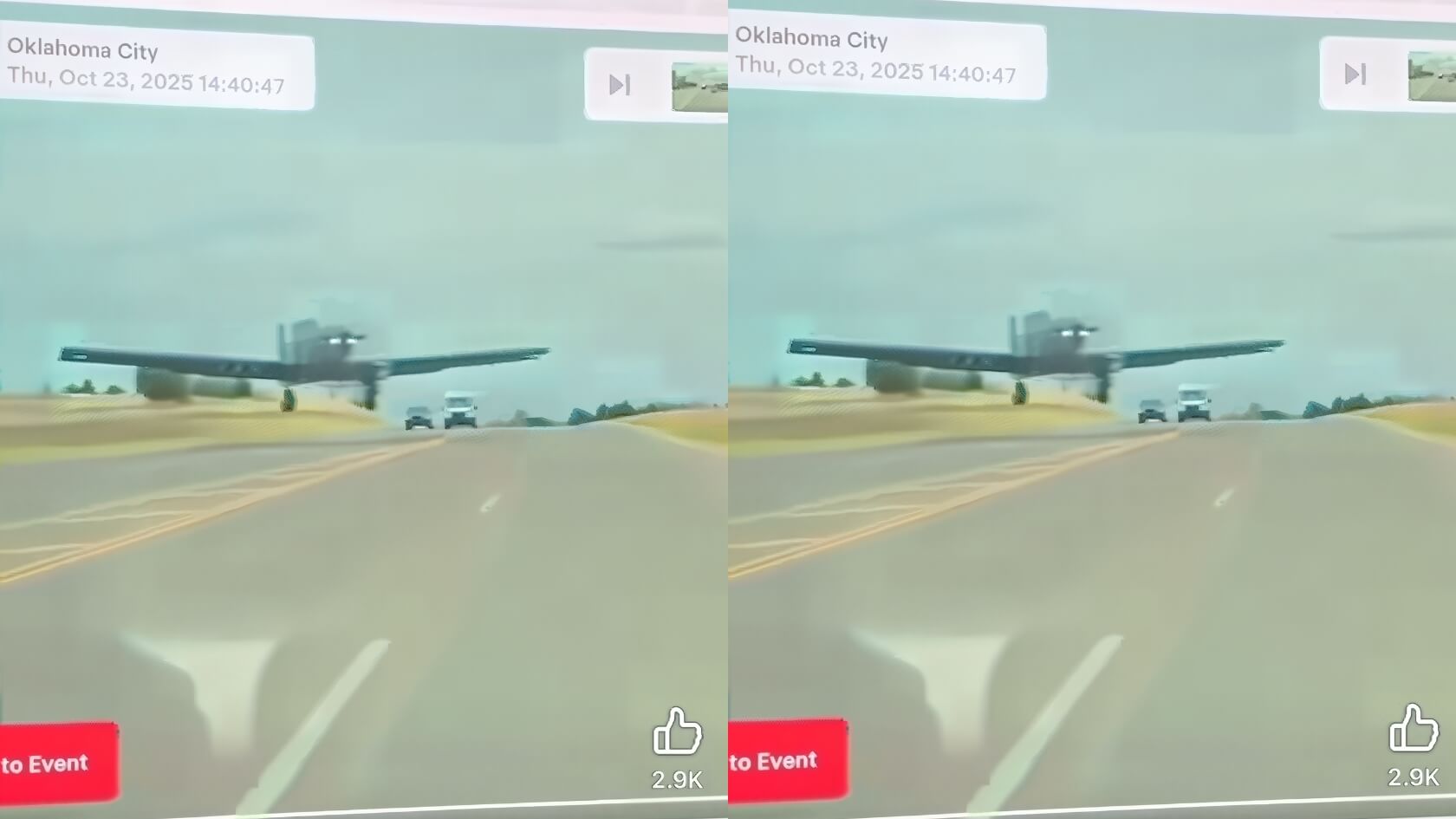
Tesla’s FSD Handles the Ultimate Edge Case
Tesla’s Full Self-Driving (Supervised) has encountered and dealt with an infinity of weird driving situations, whether it is evading animals and erratic pedestrians or dealing with trash on the highway. Nevertheless, this encounter by plane can be the craziest edge case ever caught by a camera.
According to those who analyzed the footage, the vehicle’s cameras and neural network detected the object far quicker than a human could process the situation. The car decelerated, readjusted its course, and avoided the incident without panicking or hesitating, which underscores the fact that the Tesla FSD system learns from every infrequent and extreme case.
It is also a testament to how much power Tesla has in its end-to-end neural network architecture, which is not based on more traditional rule-based coding but is instead trained on real-world data collected on millions of vehicles across the globe.
WOW! Tesla full self driving dodges a freaking plane falling out of the sky! @Tesla fsd for the win! @elonmusk pic.twitter.com/vTVxuLPsHg
— David Bellow (@davidbellow) October 24, 2025
AI-Driven Awareness Beyond Human Capability
The idea of autonomous driving in Tesla is based on vision-based autonomy, in which the car sees the world by use of a system of cameras, which is likened to human eyes. Nonetheless, with neural network training and real-time inference, the car can process and react to the environment much quicker than any motorist.
Here, the system needed to immediately identify the fact that the massive moving object on the highway was not a car, truck, or a pedestrian rather the wing of a plane. Rather than stopping suddenly or overshooting, it used a controlled avoidance action, which showed exceptional situational savvy.
Industry experts have described this as “one of the most extreme validation cases” for AI-driven perception systems. It emphasizes that the FSD of Tesla is not only reactive but also context-aware, and it can respond to non-standard objects in the driving environment that are unpredictable.
What This Means for Tesla’s FSD Future
The incident could not have been more timely. Tesla is in the process of expanding FSD (Supervised) into additional markets such as Europe and some parts of Asia as talks continue with regulators.
Moments like this confirm Tesla’s argument that real-world data collection and AI training are key to achieving true autonomy. All of the uncommon cases, such as this weird plane encounter, allow the neural network to be even smarter, safer, and more adaptable.
Although nobody anticipates cars avoiding airplanes on a routine basis, the incident is a strong demonstration of how mature the self-driving system of Tesla is and how it is ready to go into an increasingly unpredictable world.

